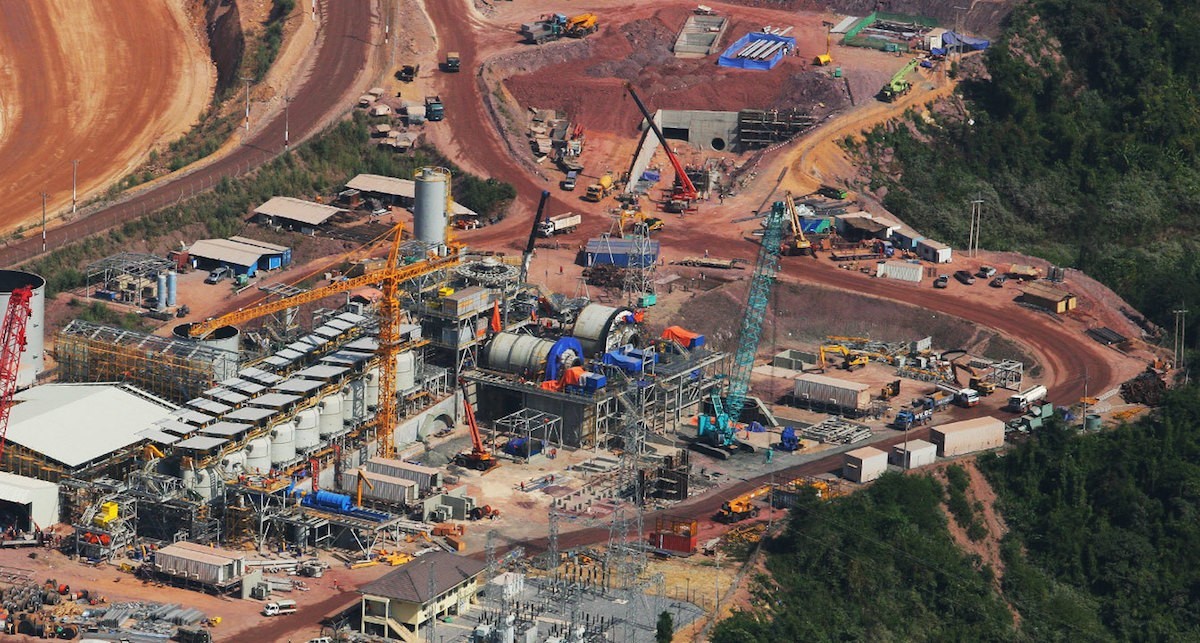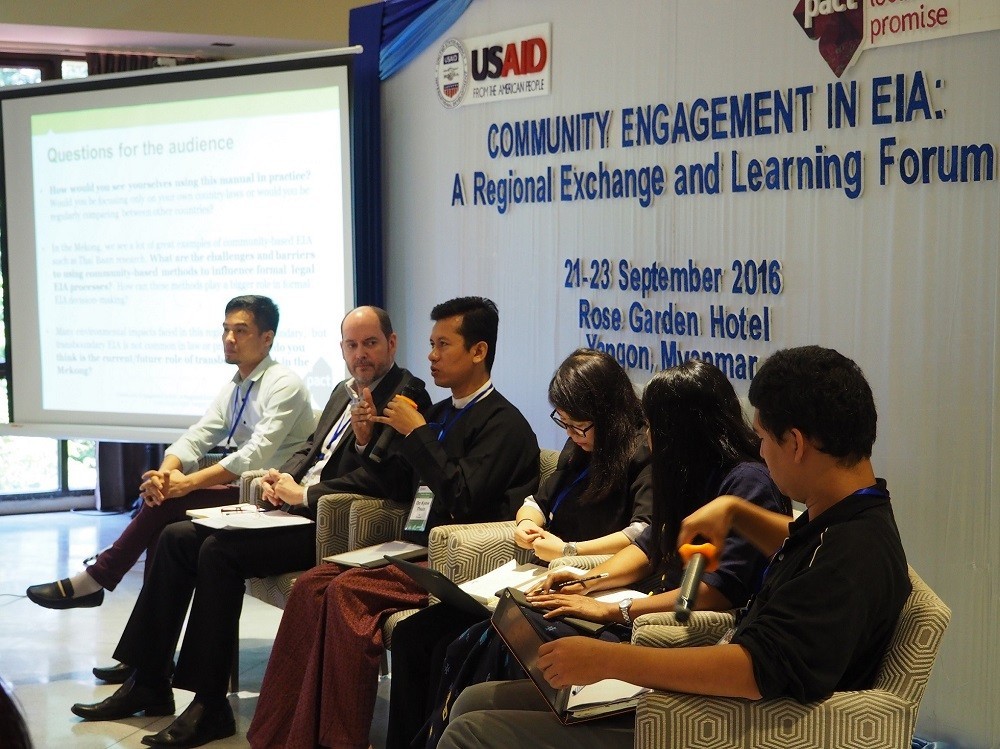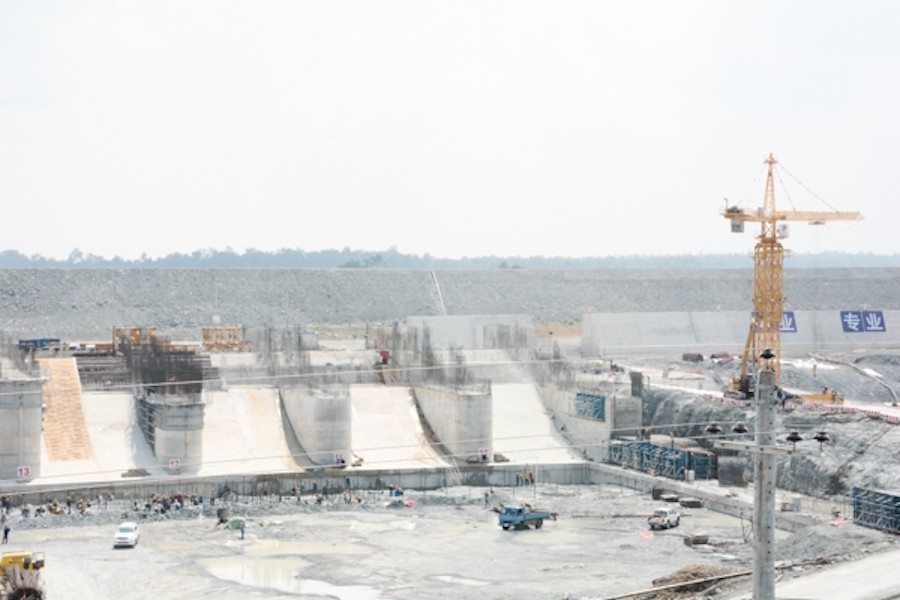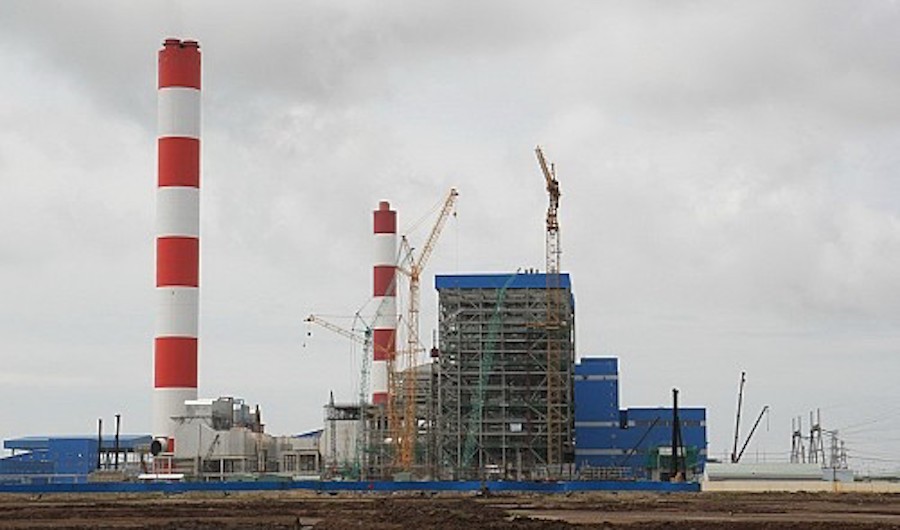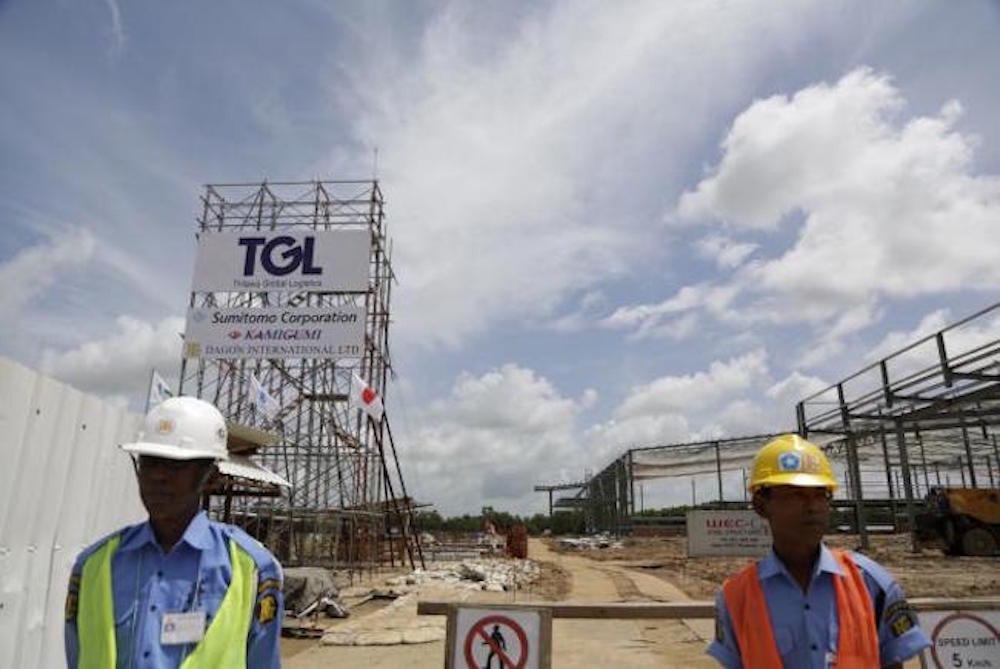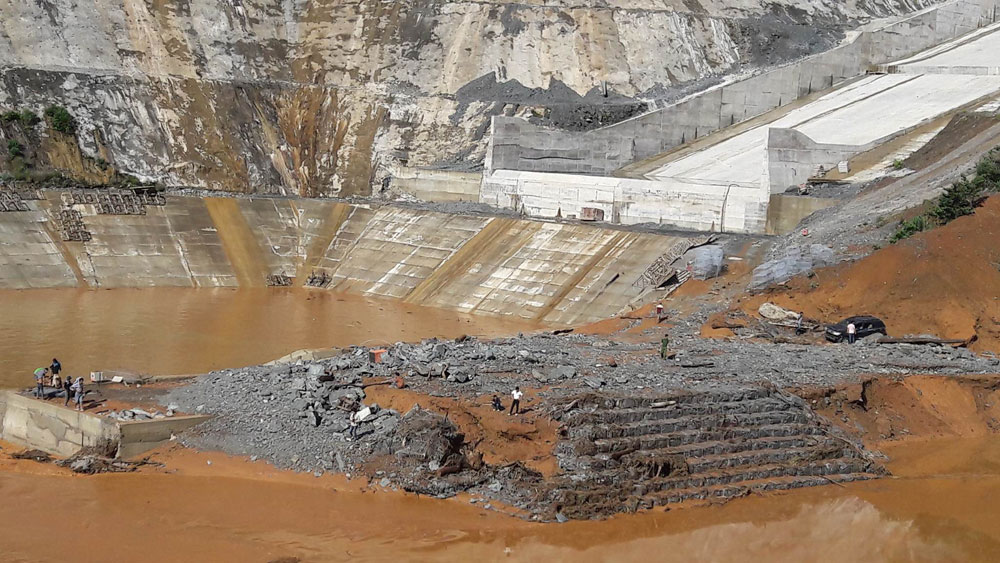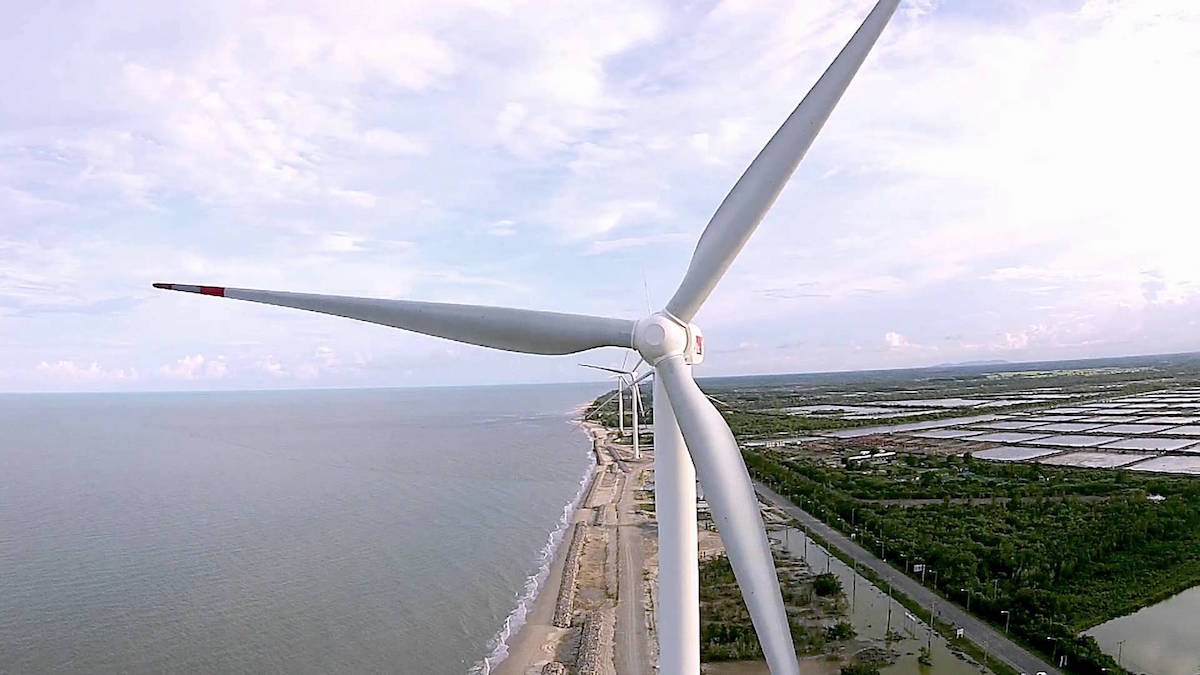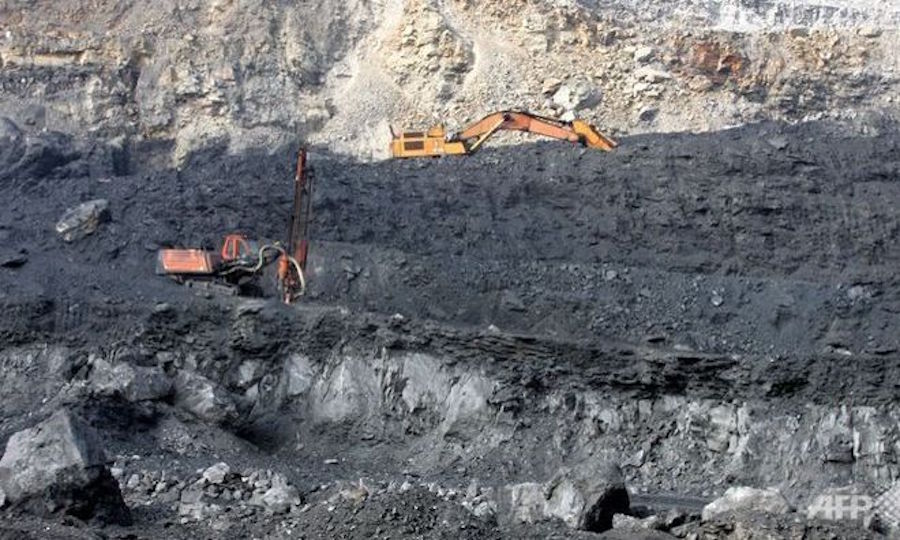Representatives from government, mining business operators, developments partners and non-government organisations met in Vientiane to consult on ways to improve and change mining sector licensing and investment systems in Laos.
Category: Region
Selected environmental stories from media outlets in the Mekong region and beyond.
Regional NGOs Convene in Myanmar to Improve Community Involvement in Infrastructure Decisions
This week, 50 representatives from non-governmental organizations (NGOs) across the Mekong region met in Myanmar to share successes and challenges in effectively involving local communities in environmental impact assessment processes. At the “Community Engagement in Environmental Impact Assessment: A Regional Exchange and Learning Forum” in Yangon, participants explored approaches to helping communities constructively engage with businesses and government to ensure sustainable and equitable development in the context of increasing infrastructure investment in the region.
Regional EIA Experts learned ‘Win-Win’ Solutions from Public Participation in EIA in 4th MPE Webinar
Asian Environmental Compliance and Enforcement Network (AECEN) in collaboration with Mekong Partnership for the Environment (MPE) organized the Fourth MPE Webinar Series on Win-Win Solutions from Public Participation in Environmental Impact Assessment on 30th August 2016, hosted by Dr. Peter King. Over 28 Government officials from the EIA department, CSOs along with other EIA Practitioners across Asia and representatives from development partners registered for this event.
Lower Sesan II Dam on Schedule
The Lower Sesan II dam is expected to generate electricity as planned by 2017, filling a power void in the country as national grid construction is under way, according to the deputy provincial governor of Stung Treng.
Coal-fired power plants threaten Vietnam deltas
Vietnam’s plan to take its total number of coal-fired power plants to 31 by 2020 has raised environmental concerns.
To minimize costs and the loss of electrical power during transmission, thermal power plants in Vietnam are usually built near large economic centers of the country’s Red River Delta and Mekong Delta regions, where electricity usage is at its highest.
Environmental hazards caused by these types of power plants came to the fore in April 2015, when coal ashes from Vinh Tan 2 Thermal Power Station in Binh Thuan Province spread to nearby residential areas due to low levels of air humidity.
Protests dog Thilawa SEZ as second phase nears start
Over 70 companies across 14 countries have invested more than US$700 million in the Thilawa special economic zone, but local residents affected by the project are still campaigning to have the next phase halted until issues around resettlement, compensation and environmental impact are resolved.
Ticking water time bombs in hydropower plants?
A tunnel break in the Song Bung 2 hydroelectric power plant in the central province of Quang Nam released nearly 30 million cubic metres of water that rushed to thousands of villagers living downstream, killing two, and caused at least VND5 billion of losses. The latest incident raised alarms about whether the hydropower plants in Viet Nam meet safety requirements, especially when the Song Bung 2 had already passed the highest examination bars.
The Song Bung 2 hydropower incident washed away two people, one of who is still missing, and local residents cannot shake off the horrifying thought that they, too, might have been among the dead.
KNLA: Current Military Movement in Karen State Threatens Terms of NCA
Military activity and tension at the site of the Hat Gyi dam in Karen State threatens a breakdown of Burma’s nationwide ceasefire agreement (NCA) as concerns grow over potential clashes between the Burma Army and the Karen National Liberation Army (KNLA).
The KNLA is the largest ethnic Karen armed group and the military wing of the Karen National Union (KNU), which signed the NCA with the previous government in 2015.
Renewable energy gains offer us a cleaner future
China has made a number of significant steps towards building a future of more sustainable energy.
President Xi Jinping has made good on his commitment to increase the supply of renewable energy at the climate change conference in Paris last year, a time when the toxic smog choking streets in Beijing and Shanghai was making global headlines. I wrote about this at the time in my column “China’s energy paradox”.
Vietnam province scraps coal plant over environmental concerns
The Mekong Delta’s Bac Lieu Province scrapped plans for a coal-fired thermal power plant to pursue clean-energy options, last week.
The provincial government has requested permission to withdraw from the project to build wind turbines. Bac Lieu is currently home to one of Vietnam’s three wind power plants, the other two are located in Binh Thuan Province just north of the tourist town Mui Ne.


